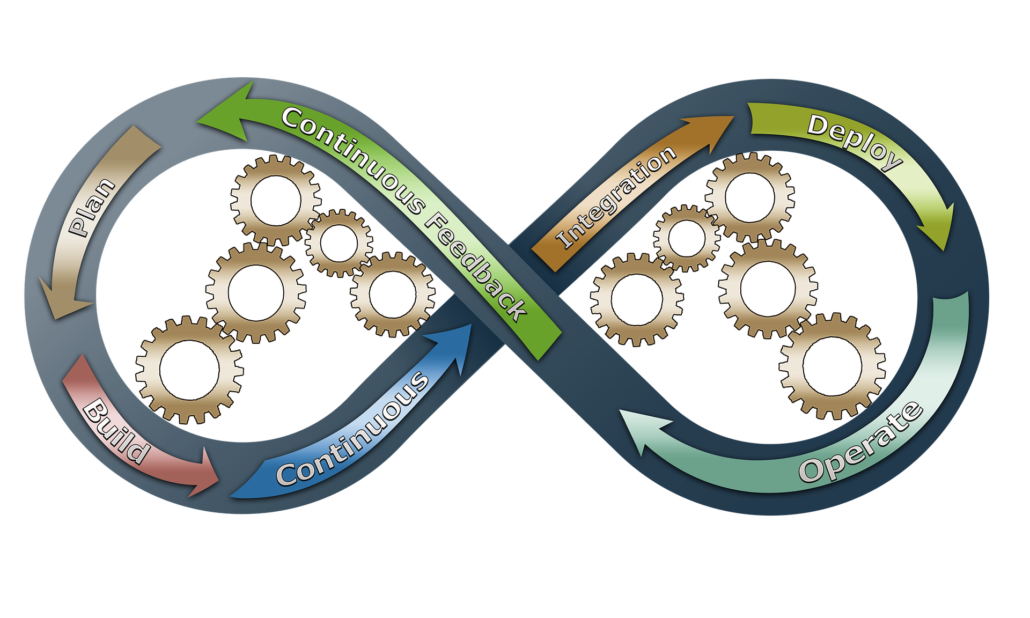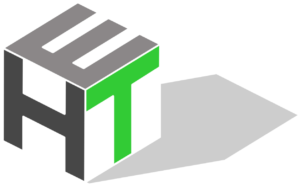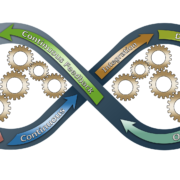What is agile today ?
How agile are you? Or rather, how agile is your company, and what does that mean today if you are not professional steeplejacks? It is curious how this term became such a ubiquitous buzzword, as some find themselves thinking they need to race to catch up with a speeding trend, rather than risk being left behind and seen as clumsy or unbalanced.
A Management Today Words-Worth piece by John Morrish examined the question and indeed the word itself:
How agile are you? Or rather, how agile is your company? The modern enterprise need not turn somersaults, but it is expected to be ready for change, flexible and adaptable. The word ‘agile’ originates in the Latin for ‘to do’ and has been with us since the 16th century, meaning both physically nimble and mentally astute. No businesses were called agile before the 70s, but enterprise agility has since become a management philosophy in its own right, spawning books, courses, consultancies and conferences. Practise agility and you’ll be jumping through hoops in no time.
The Latin verb agere means to do, with Latin also having a related adjective agilis meaning nimble or quick, and a noun agilitas meaning nimbleness or quickness. In the twenty-first century the English term took and a new meaning as it was applied to an innovative method of software development called the Agile method as it is flexible, fast and adaptable. The slow-going traditional method, known as the Waterfall method, set out clear requirements for a specific final product, with each stage of development clearly cascading to the next until completion. By contrast, the Agile method takes a release early, release often approach with near continuous feedback and multiple rapid iterations, and customer involvement, so greater speed and flexibility is achieved and products can evolve in response to discoveries in the development process.

One familiar customer issue with release early, release often can be that users find they cannot find things in an interface since the old controls have moved or disappeared and new features have been added without explanation or notification. In these cases the effect is to require users themselves to be agile, if not fragile as familiar structures break down. The demand for agility has spread to the wider business world, though in considering its effectiveness, a critic might want to re-read Mark Twain’s famous essay about how clumsy and unproductive the ant is when no one is looking, which originally appeared in his travelogue book titled A Tramp Abroad.
At HE Translations we are certainly agile in the sense that we respond quickly and flexibly to customer demands, and we keep our finger on the pulse when it comes to linguistic trends and advances in translation technology.




